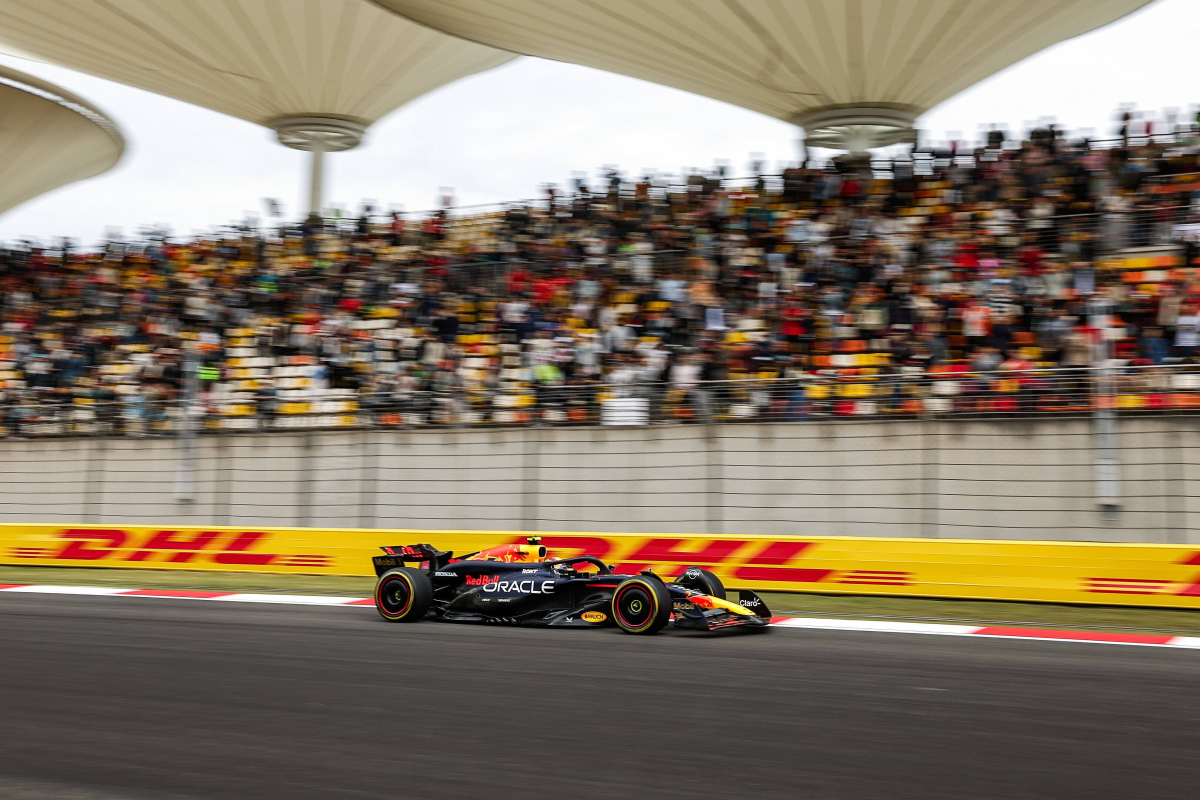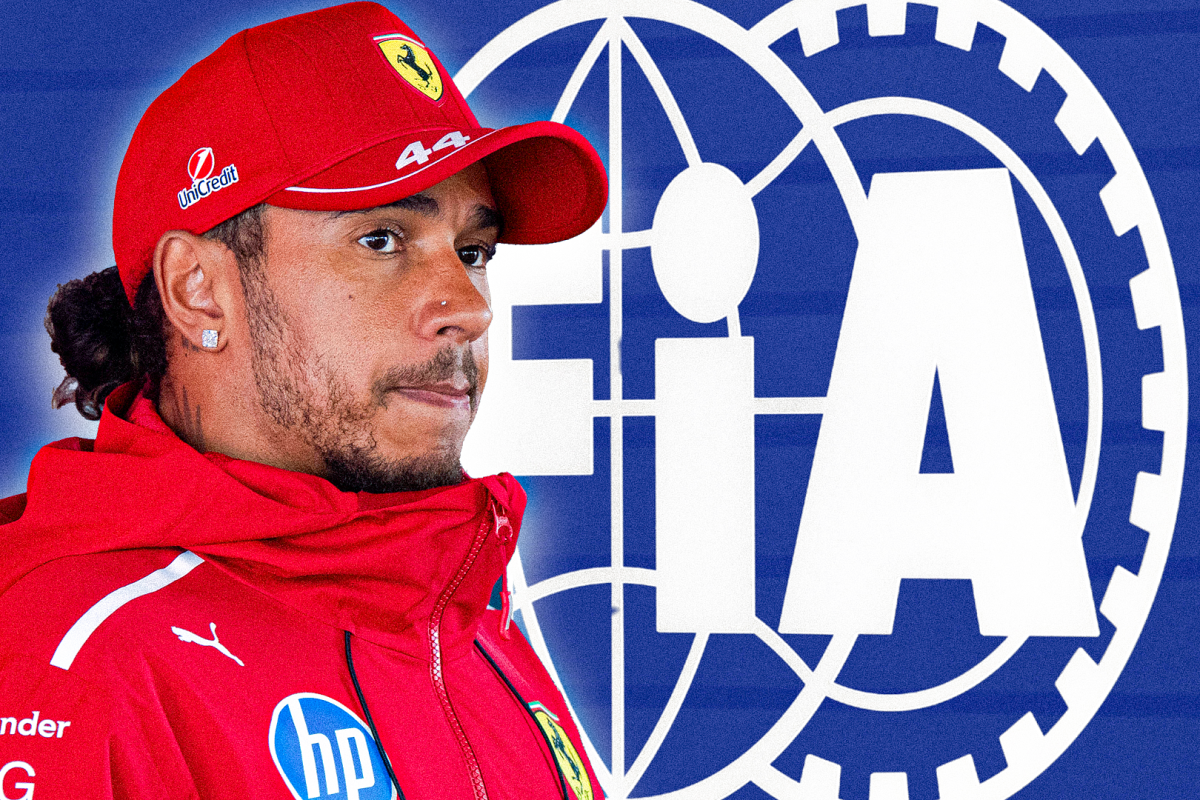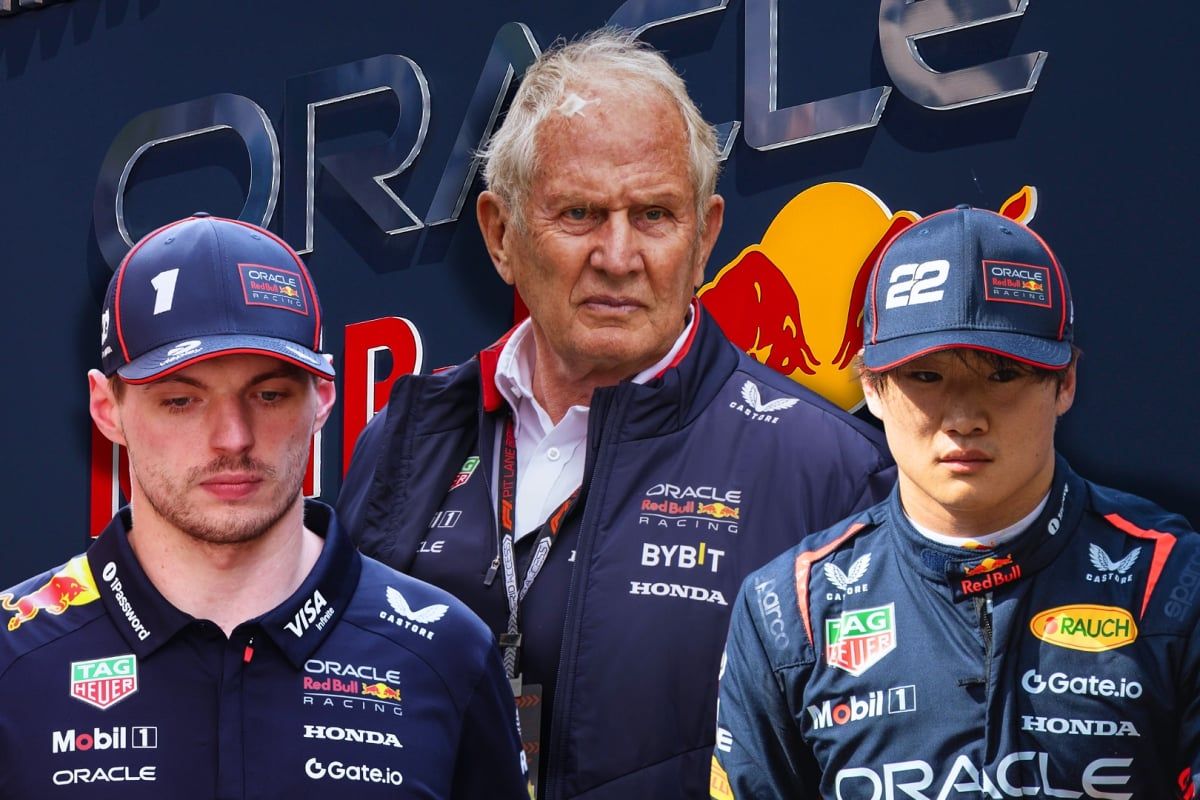F1 Sprint Races: How They Work and What’s New f… read more
The 2025 Formula 1 season continues to embrace the Sprint race format, with this weekend’s Miami Grand Prix marking the second Sprint event of the year. First introduced in 2021 at the British Grand Prix, Sprint races were designed to add an extra layer of excitement to the race weekend. Initially, the format was met with mixed reactions, but it has since become a regular fixture in the F1 calendar, undergoing several changes along the way.
When Sprint races debuted, only three events per season featured this shorter Saturday race. The format provided a 100-kilometre dash that set the grid for Sunday’s main event. However, the relatively modest points on offer and the additional risks involved made many question its value. As a result, Formula 1 gradually revised the format to enhance competition and engagement while still preserving the prestige of the Sunday Grand Prix.
By 2023, the number of Sprint weekends had doubled to six per season, and in 2024, a notable format adjustment was introduced. The goal was to separate the Sprint race from the main Grand Prix and allow each event to stand independently. Under the revised structure, the race weekend begins with Free Practice 1 on Friday, followed by a dedicated Sprint Qualifying session later that day. This session determines the grid for Saturday’s Sprint race. Then, on Saturday afternoon, the Sprint race takes place. Finally, traditional Grand Prix Qualifying happens on Saturday evening, setting the grid for Sunday’s main event.
This separation of formats aimed to give each day a specific identity, ensuring that the Sprint would no longer influence the starting positions for the full-length race. It allowed drivers to race more freely in the Sprint, without fear of compromising their Sunday performance due to a poor result or incident.
Heading into 2025, the Sprint format remains largely the same as in 2024, though the calendar has seen some shuffling. Notably, Austria’s Red Bull Ring, a mainstay for Sprints in previous years, has been removed from the Sprint schedule. Instead, the Spa-Francorchamps circuit in Belgium will now host a Sprint weekend in July, a change that has been welcomed by many fans due to the track’s iconic status and unpredictable weather.
This year, there are six Sprint events once again. The first took place in China, where Lewis Hamilton thrilled fans with a sensational victory. The Miami Grand Prix is the second Sprint event of the season, and anticipation is high for another action-packed Saturday.
The points system for the Sprint has also evolved since its inception. In 2021, only the top three drivers received points—three for the winner, two for second place, and one for third. This limited reward structure was quickly criticized for failing to motivate drivers and teams in the midfield, who saw little value in taking risks for such minimal gains. Responding to this, Formula 1 implemented a more generous points system from 2022 onwards.
Under the current rules, the top eight finishers in the Sprint race are awarded points. The winner earns eight points, second place receives seven, and the scale continues down to one point for the eighth-place finisher. This system strikes a balance between rewarding performance and maintaining the traditional Grand Prix as the focal point of the weekend. However, unlike the main race, there are no points awarded for setting the fastest lap in the Sprint.
Interestingly, for the 2025 season, Formula 1 has also decided to abolish the fastest lap point from the full-length Grands Prix. This decision is part of an effort to simplify the points system and reduce potential manipulation in the closing laps of races, where drivers would often pit solely to chase the fastest lap.
An F1 Sprint race covers a distance of 100 kilometres, which typically lasts around 25 to 30 minutes depending on the circuit. Unlike the Sunday Grand Prix, which spans about 305 kilometres and usually requires at least one pit stop, Sprint races do not mandate any tyre changes. Teams often opt for the most durable compound available, allowing drivers to push from start to finish without major tyre management concerns.
In summary, the F1 Sprint format continues to evolve as the sport looks to enhance entertainment value and increase competition throughout the weekend. With a refined format, consistent points system, and strategic calendar adjustments, Sprint races in 2025 promise to deliver excitement without detracting from the prestige of Sunday’s Grand Prix. Fans can expect a more balanced and engaging experience, with every day of the race weekend offering meaningful action on track.




